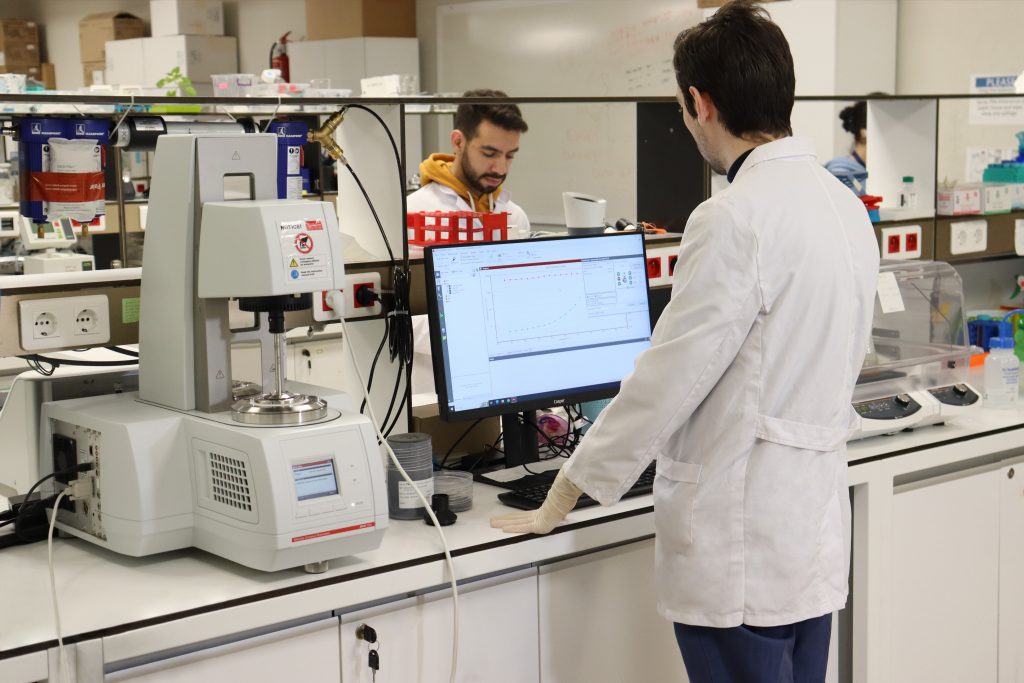Rheometer

Rheometry is an experimental technique used for the analysis of fluid materials, deformation and stress properties in materials and the quantitative-qualitative relationships between their derivative data. A rheometer is used for rheological analysis of materials. A rheometer is a precision instrument that contains a geometric configuration of the material of interest, controls the surrounding environment, applies and measures stress, strain and strain rate over wide ranges.
Sample Preparation and Measurement
To prepare the sample, the type of test and plate system must first be determined. It is not enough to know only the name of the test to be performed, because each test has parameters that need to be determined and adjusted before starting the test. Each sample should then be prepared fresh, and the test should be started by pouring the sample into the device during its preparation. Preparing and storing the sample in advance depends on the product, but since rheological parameters are affected by temperature and time, it is preferable to prepare fresh and test as prepared.
Applications that can be performed with the device
Rheology and the characterization of viscoelastic properties in material production and use of polymeric materials have been critical for the manufacturing many products in both industry and military.
- The study of the flow properties of liquids is also quite significant for pharmacology in manufacturing of various dosage forms such as simple liquids, ointments, creams, pastes, etc.
- Viscosity measurements with a rheometer,
- Thixotropic character, flow analysis such as yield stress,
- Viscoelastic deformation studies such as oscillation, frequency, amplitude scans, dwell, loss and complex modulus and phase angle calculations can also be performed.

